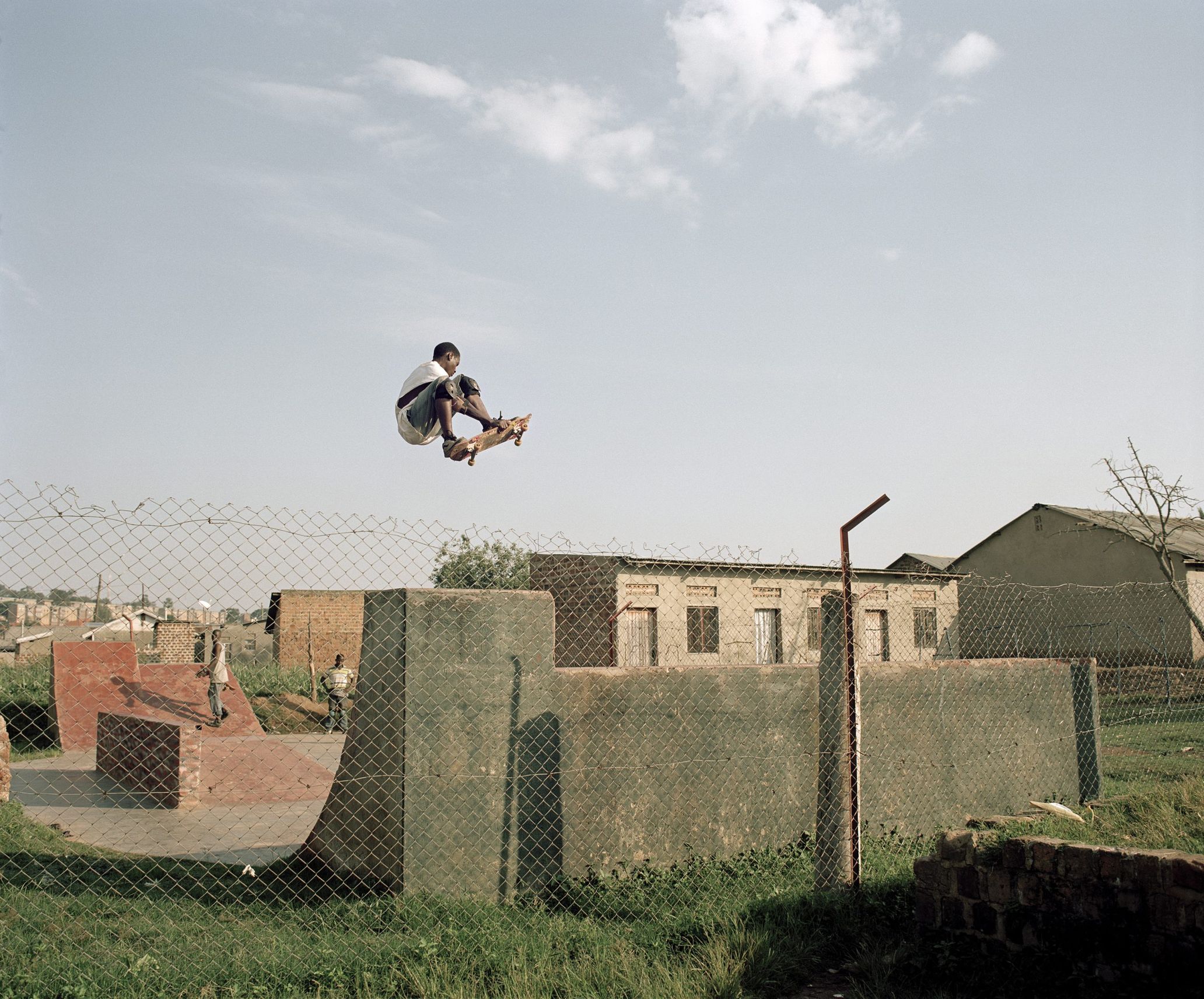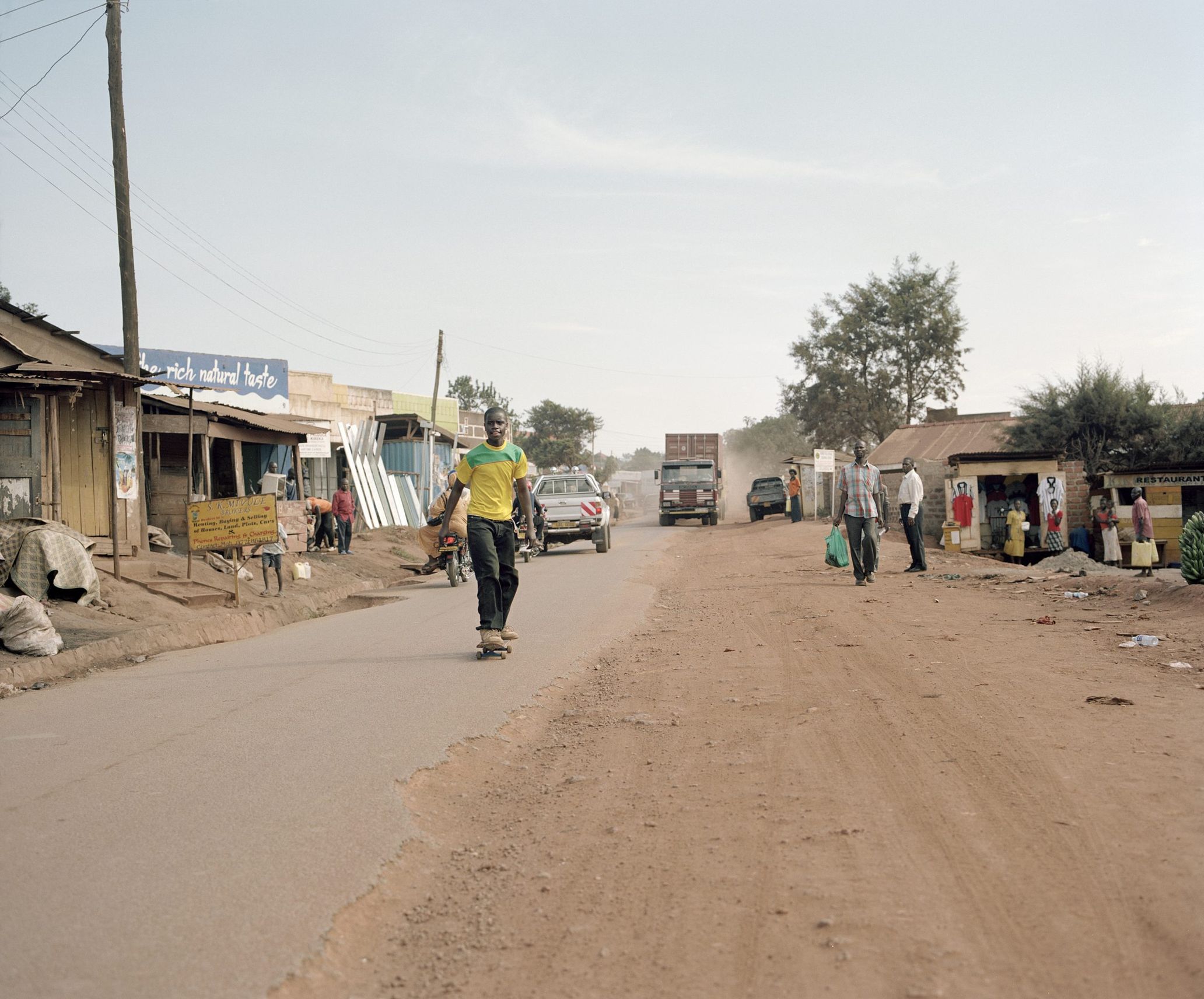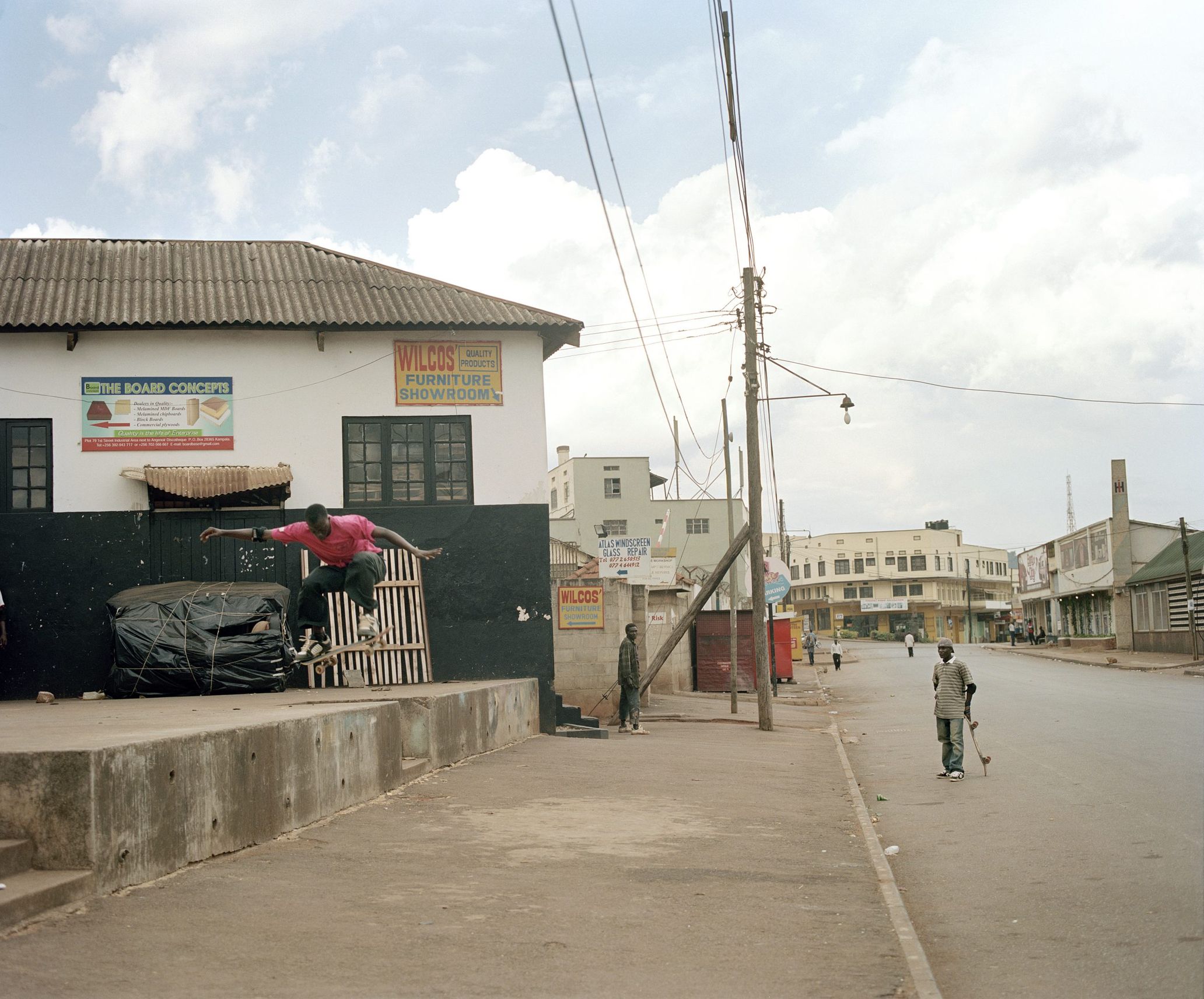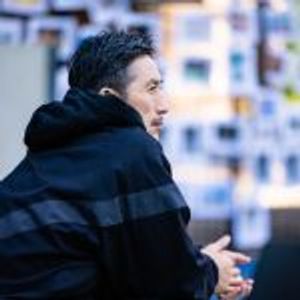In recent days, social distancing to prevent the spread of the coronavirus has become part of our new normal. And in this world of social distancing, I’ve gained a new appreciation for photography, which has the power to overcome the limitations imposed by distance. One photo alone can recount memories and communicate new information, all while reflecting the artist’s message and personal style. Within the world of photography, there’s one skate photographer in particular who we would like to introduce. If one were to describe his project, it might be called something of a “skateboard diaspora.” His project is evidence that although many things separate our world, we can all be united by skateboarding. Introducing this photographer will be Senichiro Ozawa, the director of the Sb Skateboard Journal magazine and an editor who covers skateboarding culture around the world.
©Yann Gross
Uganda is more than just a savannah
Uganda is a landlocked country in East Africa, located almost directly on the equator. Yet, it is also home to the vast Lake Victoria and beautiful hills rich in natural resources. Following its independence from Britain in 1962, Uganda went through a series of coups, but the situation has since become more stable under President Museveni’s long-term rule. Like Hollywood films in the United States or Bollywood films in India, Uganda has Wakaliwood films, which have been gaining popularity in recent years. The godfather of Wakaliwood films is Isaac Godfrey Geoffrey Nabwana, who runs Ramon Film Productions in Wakaliga, a slum in Uganda’s capital of Kampala. He has been called the “Spielberg of Uganda” for making low-budget action films in the slums of Africa. Slowly but steadily, Ugandan creations are gaining traction. Still, even with this frank introduction, most could recognize that Uganda is worlds apart from Tokyo. In Kampala, a construction boom has made high-rise buildings a common sight, but if you go to the outskirts, you’ll witness not only cars and motorbikes, but also people and animals crossing bumpy roads that are clouded with sand and smoke. There are no traffic lanes in sight. If you look closely, you’ll notice that many of the used cars, buses, and trucks are actually made in Japan.
This reality is distant from Tokyo, where new buildings are being built one after another to prepare the new National Stadium and other athletic facilities for the Tokyo Olympics. Although you may see the same Japanese cars on the road, the scene is entirely different. Until fairly recently, Africa was considered somewhat of a skate desert. Although it has beautiful natural surroundings and savannahs, the modern urban environment of marble curbs, handrails, and stairs was missing.
©Yann Gross
The amazing photography born from a skate desert
Of course, major cities in African countries are rapidly developing. South Africa hosted the 2010 Soccer World Cup and there was a skateboarding tournament to determine the African representatives for the Tokyo Olympics. But living in Japan, I don’t hear about who was selected from Uganda, and I don’t remember ever hearing of a professional team that went on a skateboard tour there, either. I came to know Uganda not through the Ministry of Foreign Affairs’ travel website or guidebooks, but from a photobook. This book is called “Kitintale” by photographer Yann Gross.
I thought of Uganda as home to savannahs and mountain gorillas, but it turns out there’s a skatepark. Kids doing skateboard grabs, wearing worn-out shoes and tattered knee pads, riding skate decks with damaged tails and noses. All of these things are hand-me-downs from other skaters, and they all get passed around. But here’s the thing. In Yann Gross’s photos, these kids, who had previously only known about football, have eyes lit with the excitement of skating. The beauty of skateboarding and skate photography is that no matter how shabby it all is, if the style of the person executing the trick is cool, or the photo itself is beautiful, it can become art. I didn’t know that such beautiful skate photography could come from Uganda, a country that Japanese people don’t know much about, or in Africa, which I thought of as a skate desert. It was a shock, but a moment that reminded me of skateboarding’s potential.
©Yann Gross
To compare Ugandan skate photos and Olympic skate photos is to compare apples to oranges
Skateboarding existed in Uganda, even if we didn’t realize it. Because as long as you have a skateboard and a camera, you can go anywhere. And this reminded me that wherever I may go, there will be skaters and photographers. Perhaps this gave me courage. In any case, how did Yann Gross, a Swiss man, end up clicking a camera shutter in Uganda? It turns out he had gone to Uganda to visit his girlfriend, who had been transferred to East Africa at the time. Like any skater, he took his skateboard with him wherever he went, which was how he found himself pushing his skate deck down the streets of Uganda. That’s where he came across the skate park I mentioned earlier. It was called Kitintale Park, which is what he titled his photo book.
He says it was a shock; he didn’t know a skate community existed there. At the same time, he noticed a problem in the community. There was a skate park, but no skate shop. And even if there were a skate shop, people didn’t have enough money to buy anything. But he felt that Ugandans possessed a cheerful spirit. Not only was he charmed by the brightness of their energy, but he wanted to add to the fun. He visited Uganda several times, staying there for months at a time. Each time he went, he collected skate gear, like used skate decks and trucks, and small donations from fellow skaters in Europe. And then he took pictures.
In the photobook “Kitintale,” Yann Gross tells the story of his experience in Uganda through his camera and skateboarding. While the photos are of skaters and skateboards, they aren’t the kind of shots we’re used to seeing in magazines over the years, the kind where skaters are executing difficult tricks. The skatepark itself sits in a space with nothing but the sky and greenery in all directions. Everything at the skatepark is damaged and dusty. But Yann Gross’s photos, taken on 6×7 film, is proof that the skaters there exist, and that they too are obsessed with skateboarding.
At the Tokyo Olympics, the world will witness the first ever skateboarding podium. The skate photos of the medalist will most likely have a tremendous impact. And as more people come to know the greatness and appeal of skating, Yann Gross’s beautiful skateboarding photos might gain more attention, too. Since the release of his book, “Kitintale,” the first skateboarding organization, the Uganda Skateboard Union, has been established in Uganda’s capital city of Kampala. A local brand called “BANAKIBUGA Street Minds” has also been launched. In the future, the omnipresence of skateboarding will remain unchanging, but Uganda’s unique local skate culture will continue to grow. Yann Gross’s photographs and actions brought about something big. Even 30 years ago in Tokyo, the skate culture here was small enough that there is very little record of it at all. So perhaps in a decade or so, the skate culture in not only Uganda, but all of Africa, will make it big.
“Kitintale”
This photo book has been printed like a newspaper and is packaged in a protective case. The photographs, text, and design are all by Yann Gross himself.
http://www.yanngross.com/
Yann Gross
Yann Gross is a photographer and filmmaker from Switzerland. Although this article is about his work surrounding skateboarding, his art is diverse. His fieldwork has taken him far beyond the borders of his native Europe, and all the way to distant places like Africa and the Amazon. His most recent work is Aya, co-written with Arguiñe Escandón and published by Editorial RM.
Instagram:@yann.gross
Translation Aya Apton




